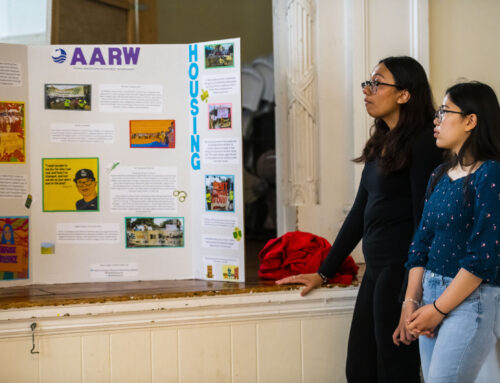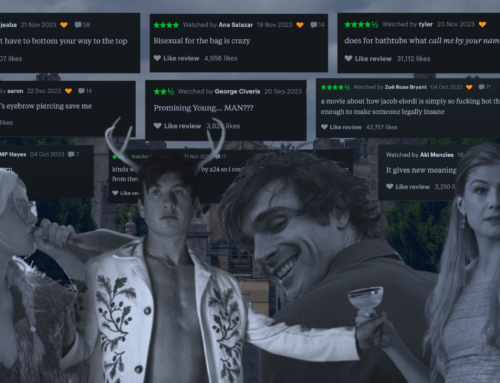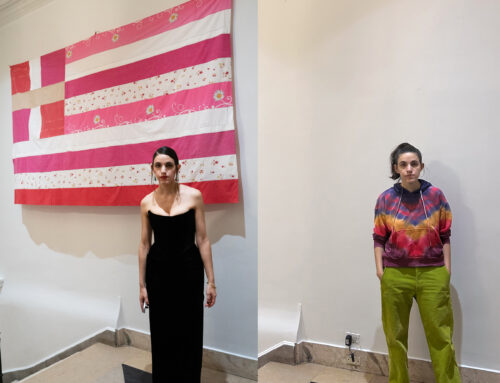Placing a unique twist on the classic trope of forbidden love, writer and director Céline Sciamma’s Portrait of a Lady On Fire hauntingly captures the raw feelings of desire and intimacy that remain timeless and still resonate with audiences today.
In late 18th century France, a young woman Marianne is tasked with professionally painting the portrait of Heloise, another young woman who is soon to be wed in Milan. However, Heloise rejects the marriage, and therefore rejects getting her portrait done, which would solidify the union. Marianne is welcomed into the household under the premise that she accompanies Heloise on daily walks by the seaside cliffs of their home, having to discreetly study and memorize her features while she paints in secret.

Lilies Films/Hold-Up Films/Arte France Cinéma
The two main actresses, Marianne played by Noémie Merlant and Heloise portrayed by Adèle Haenel are not only the main subjects of the film, but are also two powerful forces whose connection is instantly magnetic and only grows throughout its course. In stark contrast to the backdrop of an isolated and cold manor perched on the cliffs of a remote French island, the intimate relationship that blossoms between the two women are what truly set this film on fire.
Without accompaniment by an overwhelming musical soundtrack or melodramatic special effects, the film is instead primarily driven by the intense and silent body language of the two women. The piercing looks that the women give to each other are filled with passion and yearning, which throughout the course of the film develop and grow into intimacy. Against a color palette mostly dominated by muted hues of blues and greens from the outdoor landscape to the large and empty house, viewers are drawn into the fiery reds and browns that color the two women. Music is only present during a few key moments of the film, and correspondingly grow in intensity to parallel their relationship.
Marianne’s task proves to be more complicated than just any portrait job, she must get to know all of the curves and colors of Heloise’s face despite the cold front she initially puts up. But through small conversations and after Marianne delicately plays a Vivaldi concerto for Heloise, she is able to permeate Heloise’s hard outer shell, which mirrors Marianne’s first attempt at the portrait that she destroys in a moment of frustration.
“Being free is being alone?” Heloise asks Marianne during one of their first walks together, raising a concept especially contrary to a time where arranged marriages were not only common, but expected as the societal norm that Heloise is shortly to follow. Isolation and the act of being alone are often misinterpreted to correlate with loneliness and therefore unhappiness, yet it is when the two women are isolated from the rest of the world and the weight of its expectations that they are able to be the most free. At the middle of the film, the two exchange glances turned into longer stares across a bonfire where a group of women sing around them, turning into an incandescent chanting that roots for the two to finally physically connect.

But at the end of the week when Heloise’s mother returns to the home, signifying the end of their isolation and corresponding freedom, the film fast forwards to the resumption of their lives and socially acceptable roles.
The final closing moments of the film circle back to where their relationship began: with music and art. Marianne narrates how she spotted Heloise in another portrait, one that wasn’t her own and which painted her lover next to a child, as a slight hint of the domesticity of Heloise’s new life. In a final shot, the two are both present at a live and full orchestra performance of Vivaldi’s concerto. Yet unlike the quiet and intimate moment at the piano from years before, they are seated far from each other in a theater full of people, with Marianne staring at Heloise in front of her and Heloise unknowingly turned away from Marianne, sobbing intensely to the music, reminiscent of a passionate memory and a love that will never be forgotten.




